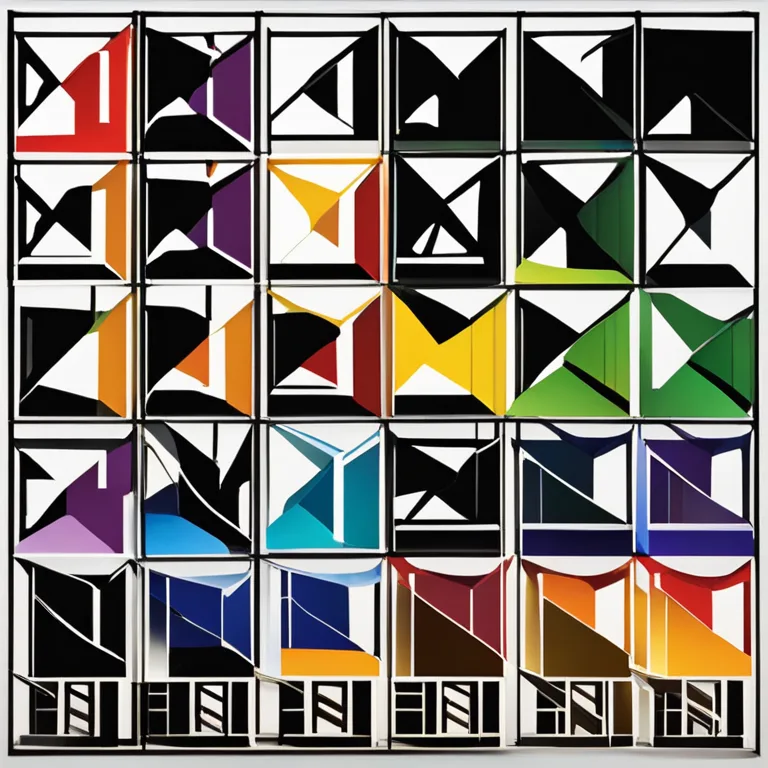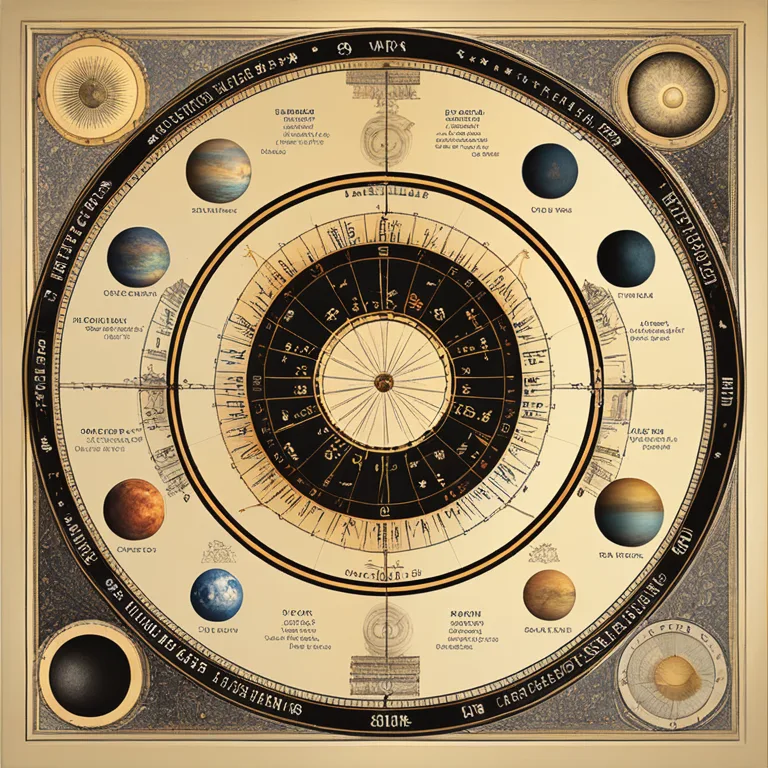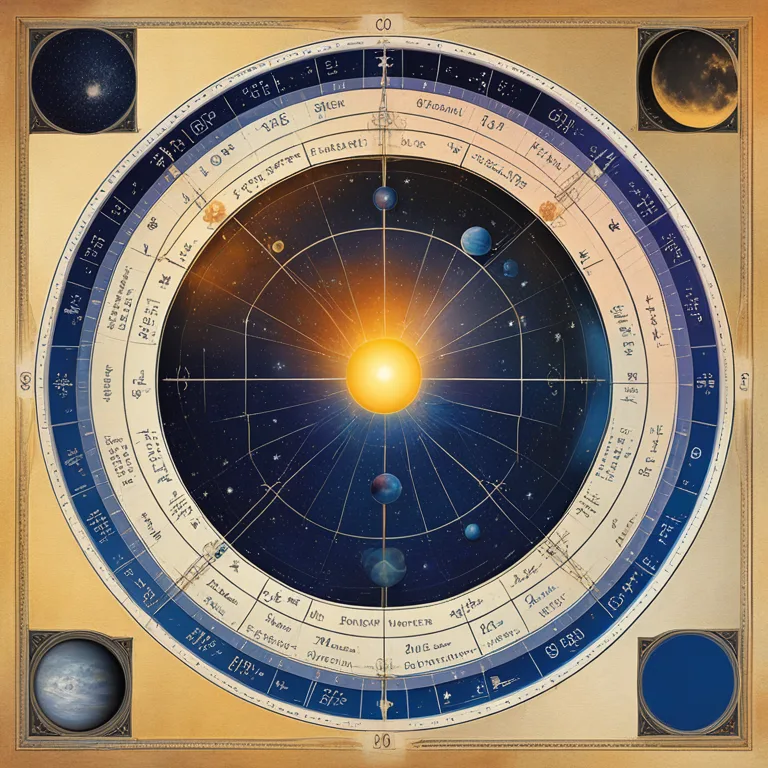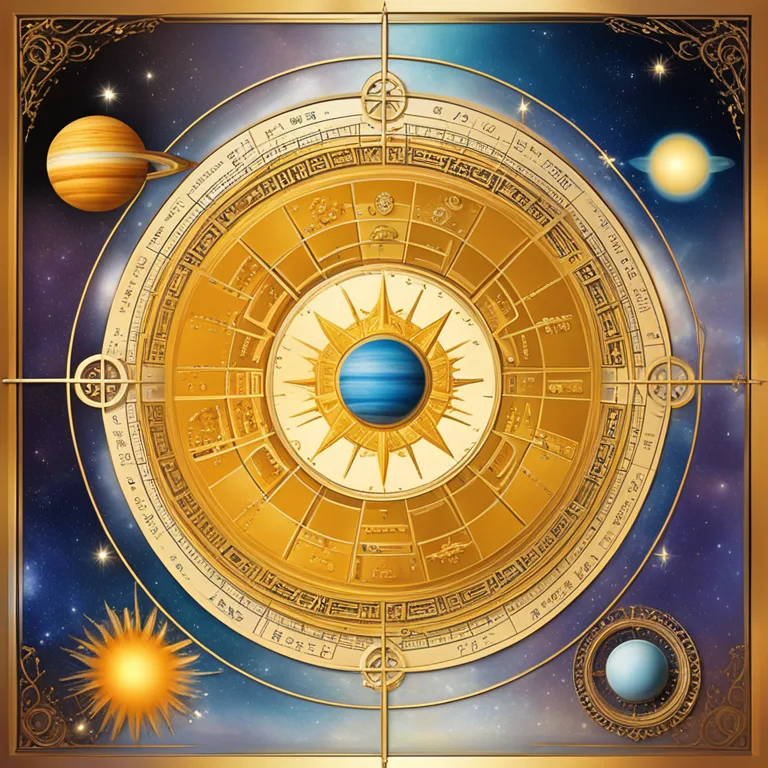
The Essence of Birth Chart Elements
Delve into the fundamental elements of a birth chart to uncover the rich insights it holds in astrology.
article by Priya Deshmukh
Introduction to Astrological Birth Charts
Astrology, through the lens of birth charts, provides a celestial snapshot of the sky at the moment of one's birth. This celestial configuration is believed to have a profound impact on an individual's personality, shaping their destiny. The birth chart, also known as a natal chart, is a comprehensive diagram that represents the position of the planets, the sun, and the moon, as well as the astrological aspects and sensitive angles at the time of birth. In this article, we'll journey into the various components that make up a birth chart, unlocking the secrets each element holds.

The Role of Planets in Birth Charts
Planets are paramount in interpreting a birth chart. Each planet symbolizes different facets of our existence. The Sun represents our core essence—our vitality and spirit, while the Moon governs our emotions and subconscious. Mercury influences communication and intellect, Venus oversees love and beauty, and Mars dictates our drive and aggression. Outer planets like Jupiter and Saturn denote growth and structure, respectively, with Uranus, Neptune, and Pluto offering dimensions of change, spirituality, and transformation. Understanding each planet's influence is crucial when analyzing a birth chart in the context of contemporary astrological thought.

Significance of Zodiac Signs
Zodiac signs are the twelve 30-degree sectors that make up Earth's 360-degree orbit around the Sun. Each sign imprints its own energy on the planets housed within them, influencing how the planet's characteristics manifest in a person's life. Aries’ fiery nature might fuel Mars' assertiveness, whereas the analytical nature of Virgo might refine Mercury's intellectualism. Staying updated with modern interpretations of zodiac signs allows practitioners to provide relevant insights tailored to contemporary life.

Angular Houses and Birth Chart Dynamics
The birth chart's structure is segmented into twelve houses representing different life areas, from identity to career, to relationships and more. The angular houses—1st, 4th, 7th, and 10th—are particularly potent, correlating with the self, home and roots, partnerships, and public life, respectively. Each house's ruler and any residing planets further color one's experiences in these realms. The emphasis on digital living in recent years has even reshaped how astrologers interpret these sectors, noting the impact of technology on personal and professional life.

Astrological Aspects and Relationships
Astrological aspects are the angles planets form with each other, providing insight into the flow and challenges of a person's energy. Conjunctions, sextiles, squares, trines, and oppositions talk about ease and tension, growth and compress, harmony and conflict. In contemporary astrology, these aspects are understood in the context of an increasingly interconnected world. Aspects might signify not just personal relationships and impediments but also one's interaction with the global community.
The Impact of Transits and Progressions
Birth charts are not just a reflection of the past but a tool to navigate the future. Transiting planets activate parts of our natal chart, signaling times of potential change and growth. Similarly, progressions—symbolic movements of the planets—mark personal evolution over time. In the digital age, and with the awareness of astrological cycles, one can anticipate trends and harness planetary energies favorably. Astrologers in 2024 and beyond utilize technology to provide precise, timely, and actionable insights based on these movements.
Published: 12/22/2023
Modified: 12/22/2023
More predictions
Come back here soon to learn more about yourself and your future



